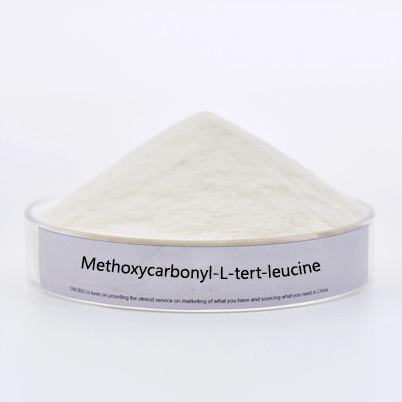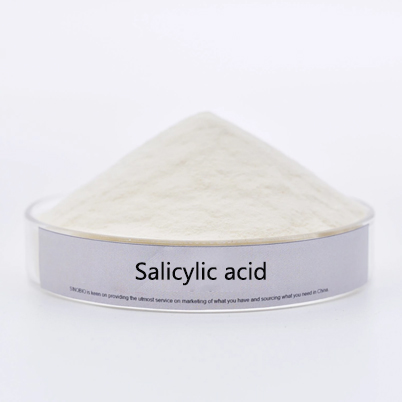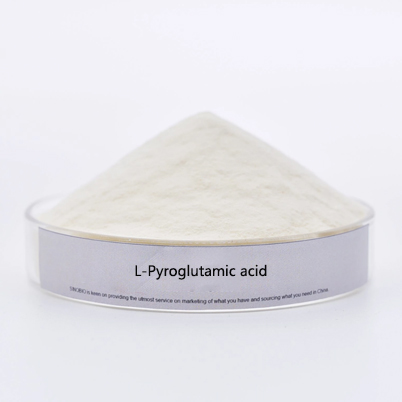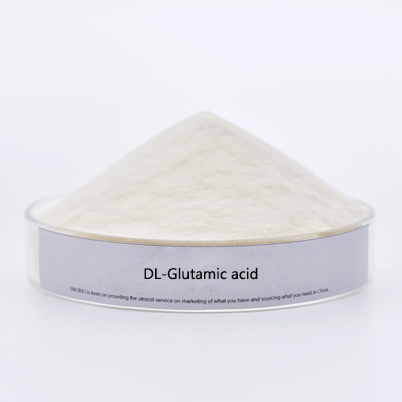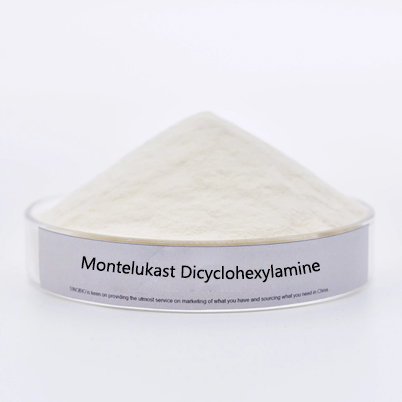- E-mail : info_medicalmarketing@jindunmedical.com
- Phone : +86 21 64057580
- Address : Shanghai China
Tetrahydrothiophene-3-one industry outlook is not optimistic due to increasingly stringent environmental policies
5,6,7,7a-tetrahydrothieno(3,2-c)pyridine-2(4h)-one hydrochloride is used as
the intermediate of Prasugrel.
Prasugrel is a thiophenopyridine antiplatelet developed by Eli Lilly and
daiichisankyo, a Japanese pharmaceutical manufacturer. It is a precursor drug.
It forms an active molecule after metabolism through cytochrome P450 in the
liver and combines with platelet P2Y12 receptor to exert an active against
platelet aggregation. Clinical studies have proved that 60 mg dose has better
anticoagulant effect than 300 mg standard dose and 600 mg increased dose of
clopidogrel, which can reduce the comprehensive risk of heart attack, stroke and
death due to heart disease by 20%, and has fast effect, good curative effect,
good drug resistance and bioavailability, and low toxicity.
Tetrahydrothiophene-3-one is a colorless to light yellow liquid with onion
and garlic, meat, vegetable and cream like aroma, mostly used as a food
additive, the use limit in soft drinks, cold drinks, candy, jelly, pudding,
gummi candy, seasonings, marinades, meat products, meat soup soup, milk and
dairy products, cereal products and other products are 1.0mg/kg.
The synthesis routes of tetrahydrothiophene-3-one are mainly as
follows.
Paul Karrer et al. disclosed a method for the synthesis of
tetrahydrothiophen-3-one in U.S. patent US2408518, granted in 1946. The
applicant used 1-chloro-4-iodobutanone to obtain the target product by direct
ring formation reaction with sodium sulfide. This method is costly and involves
difficult preparation of the raw material 1-chloro-4-iodobutanone, which cannot
meet the requirements of industrial production.
European patent EP0127121 also reported a method for the synthesis of
tetrahydrothiophen-3-one, which is based on thioglycolic acid and acrylic acid
as starting materials, and Michael addition product is obtained under the
catalysis of ammonium acetate, cyclized under the action of barium hydroxide,
and then decarboxylated at high temperature. This route is shorter, but has
several shortcomings: the reaction uses a large amount of barium hydroxide,
which is bound to produce highly toxic barium salts, and generates a large
amount of black polymer, which is not easy to handle and brings great harm to
the environment; and the high temperature condition of 250℃ is too harsh in
production.
In China, the currently disclosed synthesis method is a
tetrahydrothiophen-3-one preparation method invented by Jiang Chen, Tang Qiming,
Guo Ziwei, Zhou Xudong, etc., which is obtained by a four-step reaction of
ethylene addition, carbonyl protection, cyclization and deprotection using
chloroacetyl chloride as the starting material. The method has the advantages of
novel design, high yield, low cost and easy availability of raw materials, and
is safe and simple to operate and suitable for industrial production.
In recent years, the technology of tetrahydrothiophen-3-one industry in
China has been refined, the synthesis route has been improved, and the industry
has been developing and maturing, but most of the tetrahydrothiophen-3-one
manufacturers are small and medium-sized enterprises with backward equipment. At
the same time, the preparation of tetrahydrothiophen-3-one uses chloroacetyl
chloride as the starting material, which can produce a lot of pollution in
production. With the tightening of environmental protection, the development of
China's tetrahydrothiophen-3-one industry is also facing challenges.
The "2017-2022 China Tetrahydrothiophene-3-one Industry Market Research
Report" released by Newscorp Industry Research Center shows that
tetrahydrothiophene-3-one is one of the many flavor and fragrance additives,
which is a relatively niche additive with a relatively small market size. the
market size of tetrahydrothiophene-3-one in China was only 0.16 billion yuan in
2016. And there are more substitutes for tetrahydrothiophene-3-one, and the
market demand is low and the growth momentum is insufficient. Due to the small
market size and environmental protection and other factors, it is difficult for
companies to form large-scale production and effectively reduce production
costs. Some tetrahydrothiophen-3-one enterprises have an annual output of only a
few hundred kilograms.
The production process of tetrahydrothiophene-3-one products is more
polluting to the environment, and under the current increasingly tense
environmental situation, many small and medium-sized enterprises choose to shut
down production, or switch to the production of other categories of fragrance
and flavor additives, whose output also fell from 22 tons in 2011 to 20 tons in
2016. The decline in production led to a tight market supply, coupled with the
impact of factors such as increased environmental protection costs, the price of
tetrahydrothiophene-3-one products in China rose all the way to 837,000 yuan/ton
in 2016.
According to the researcher of Xinshiwei Industry Research Center, the
development prospect of tetrahydrothiophene-3-one industry is not optimistic.
2017-2022, the market size of tetrahydrothiophene-3-one will show a slow growth,
with the growth rate remaining between 2.2% and 3.6%.
Currently, due to the impact of environmental protection and rising
production costs, China's tetrahydrothiophene-3-one manufacturers have
decreased, and market concentration has increased. 2017-2022, the survival
pressure on tetrahydrothiophene-3-one companies will continue to increase,
coupled with the fierce competition in the food spice sector, will prompt
small-scale enterprises to gradually exit the market, tetrahydrothiophene-3-one
market concentration will continue to increase The market concentration of
tetrahydrothiophene-3-one will continue to increase.
PRODUCT TAGS
-
date
2022-10-09
-
location
Shanghai, China






































